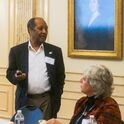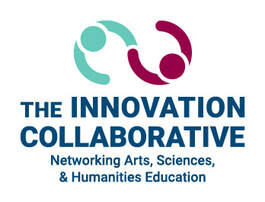 The Collaborative’s Research Thought Leaders help provide the strong research foundation upon which the Collaborative’s work rests. Each Thought Leader is nationally and internationally recognized in their own field and brings an extensive depth of experience and expertise. They also are adept at working across disciplines. In our previous newsletters, we brought you interviews with each of our Thought Leaders. This new series will consider how you might apply some of their most important ideas in your STEAM work. To do so, we’ll use examples of the Collaborative’s successful application of these ideas in K-12 classroom implementation and teacher professional development. This first in a series of articles looks at STEAM’s relation to creativity and innovation. Future series articles will look at such topics as equity; interdisciplinarity; applications of these concepts to learning settings; STEAM educator training; and creating effective STEAM models. The easily readable information below is built upon the Thought Leaders’ newsletter interviews, on conversations with them, and on an in-person convening in Washington, DC, that was supported in part by the National Endowment for the Arts. Creativity and Innovation For the Collaborative, the definition of creativity relates to novel ideas, while innovation refers to the application of those novel ideas to appropriate uses. THOUGHT LEADER INPUT
APPLICATION
0 Comments
Your comment will be posted after it is approved.
Leave a Reply. |

